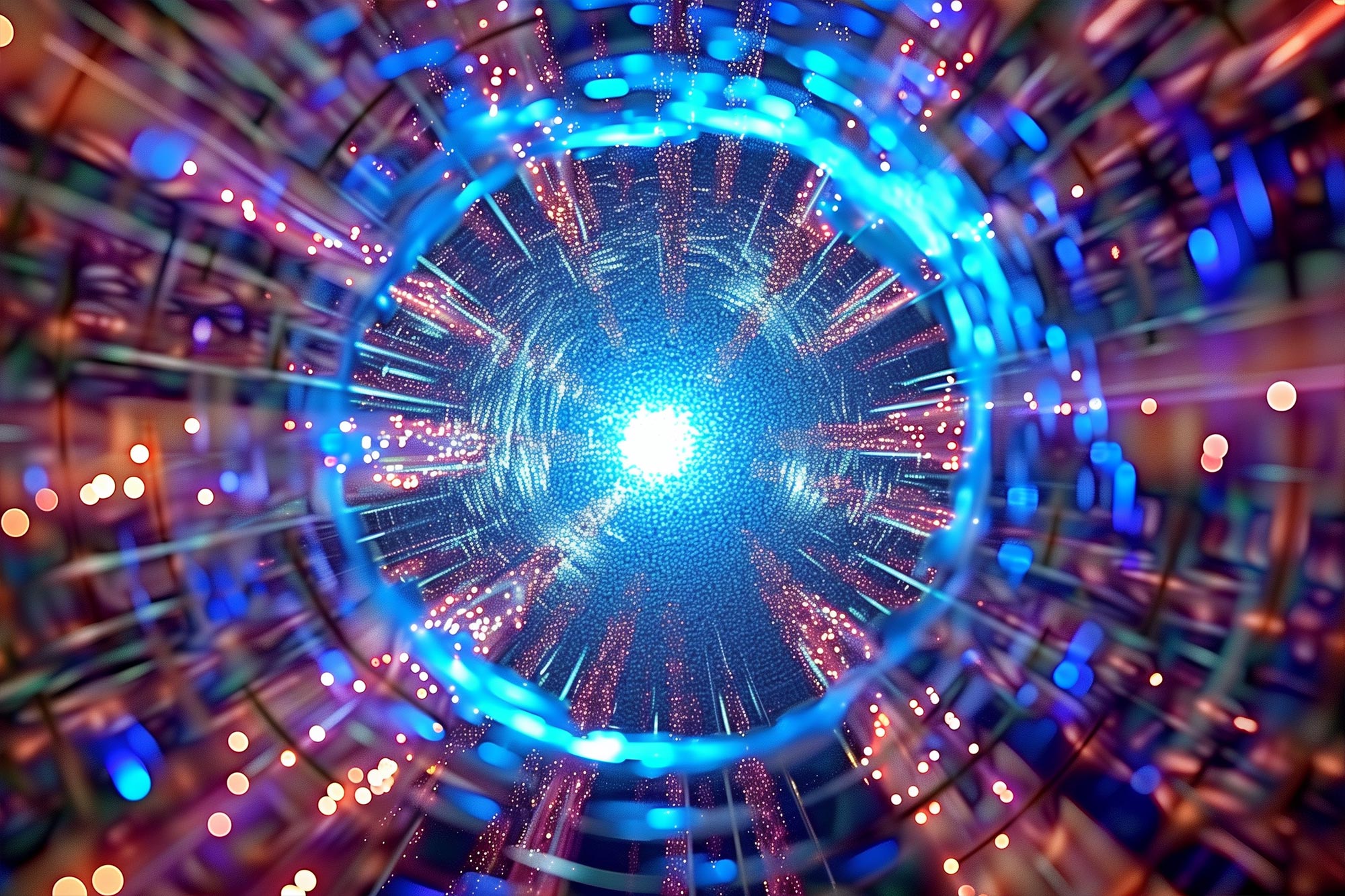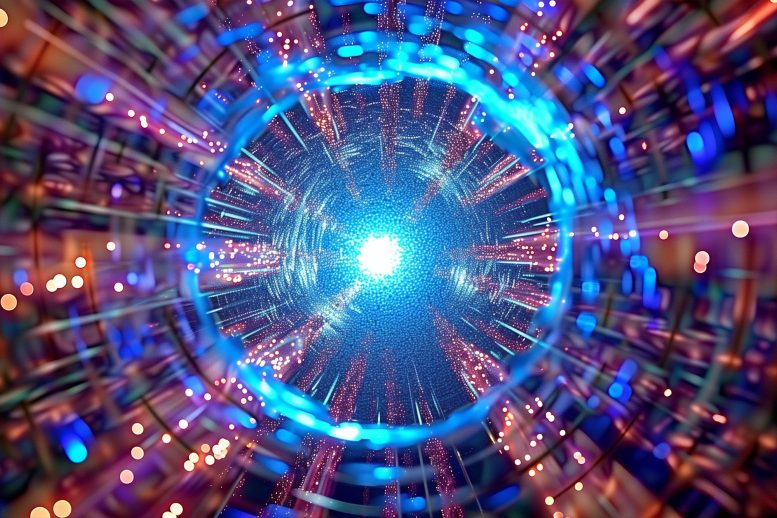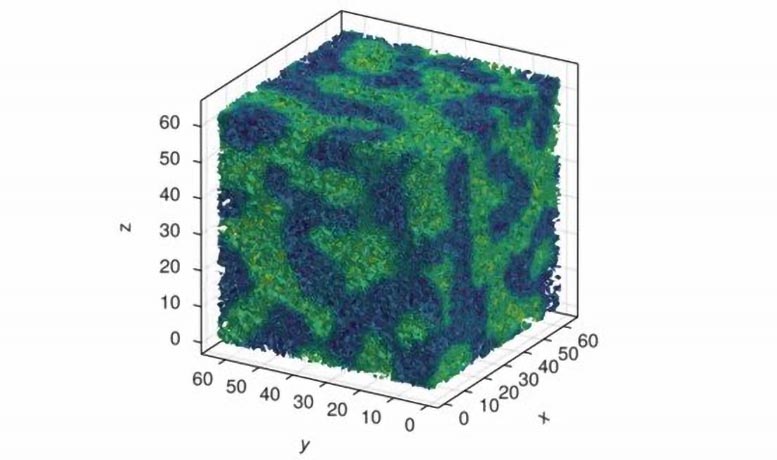

Scientists are exploring the critical point in the Quantum Chromodynamics phase diagram by using particle accelerators and new simulations.
They aim to directly observe the transition between quark gluon plasma and hadronic phases, enhanced by theoretical and experimental advancements at the Beam Energy Scan program.
Quantum Chromodynamics Phase Transition
Researchers are conducting experiments in search of evidence of a possible critical point in the Quantum Chromodynamics (QCD) phase diagram. Quantum chromodynamics describes how the strong force binds quarks and antiquarks together to form protons, neutrons, and other particles known as hadrons. The critical point is similar to the endpoint of the transition from liquid to gas in ordinary water.
Key indicators of this critical point that scientists can observe are related to changes in the number of particles produced in particle accelerator collisions. Modeling these observables requires an extension of the standard framework of how liquids and gases behave. Scientists have now developed an algorithm for performing simulations of a critical fluid and have tested those simulations.

Pioneering Observations in Particle Physics
Observing critical fluctuation in a heavy ion collision would mark the first direct observation of a phase change between the quark gluon plasma and a hadronic phase. This is the point where quarks and gluons are confined in hadrons. Interpreting the results of related experiments requires new theoretical tools.
In particular, the interpretation needs a fluid dynamic framework that incorporates fluctuations—how pressure, velocity, and other factors can change in liquids and gases. This work is an important contribution to this effort. In the future, researchers hope to use these methods to connect the data with theoretical ideas about the nature of temperature and pressure in quark-gluon matter.
Advances at the Beam Energy Scan Program
The Beam Energy Scan (BES) program at the Relativistic Heavy Ion Collider, a Department of Energy user facility at Brookhaven National Laboratory, studies the energy dependence of fluctuation observables in the collisions of heavy ions. The goal of this effort is to locate a possible critical point associated with the phase transition to a quark gluon plasma. Interpreting the results of the BES program requires a fluid dynamic framework that incorporates fluctuations in the fluid dynamic variables, baryon density, entropy density, and fluid velocity.
Developing Fluid Dynamic Frameworks for Particle Collisions
In this research, scientists have constructed such a framework and tested it in simulation of a static fluid near the critical point. Future work will couple their results to the expansion of the fireball created in a heavy ion collision. This will enable researchers to either locate the critical point or place constraints on its location.
Reference: “Simulations of Stochastic Fluid Dynamics near a Critical Point in the Phase Diagram” by Chandrodoy Chattopadhyay, Josh Ott, Thomas Schäfer and Vladimir V. Skokov, 16 July 2024, Physical Review Letters.
DOI: 10.1103/PhysRevLett.133.032301
This work was supported by the Department of Energy Office of Science, Nuclear Physics program.